Here’s what it means when there is a long pause before the phone rings when you call someone:
In general, this is a routing delay that happens.
Basically, it takes longer than normal for your phone to be connected to the destination phone on the greater carrier network.
There are a lot of different things that can cause this, ranging from simple account problems to coverage gaps to hardware and software issues.
So if you want to learn all about how to fix a long pause before the phone rings when you call someone, then this article is for you.
Let’s get started!
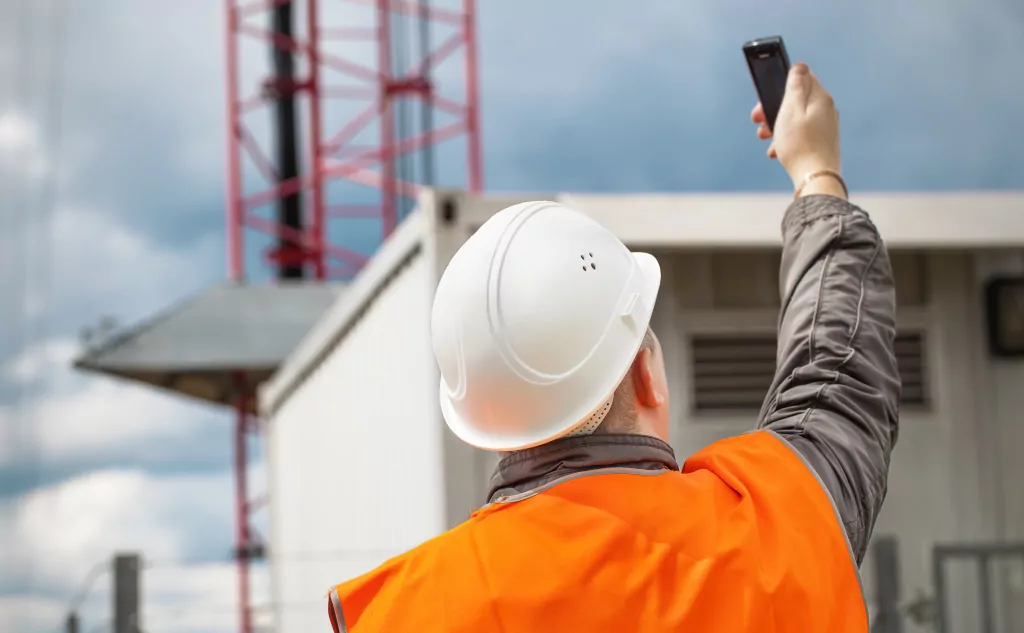
Is Something Wrong With Your Phone When You Get a Long Pause Before It Rings? (3 Issues)

There are two possibilities.
The problem could be with your phone, or it could be with the carrier.
Let’s start with your phone.
The most common issues will be related to the phone’s hardware, software, or your account.
#1 Hardware Issues
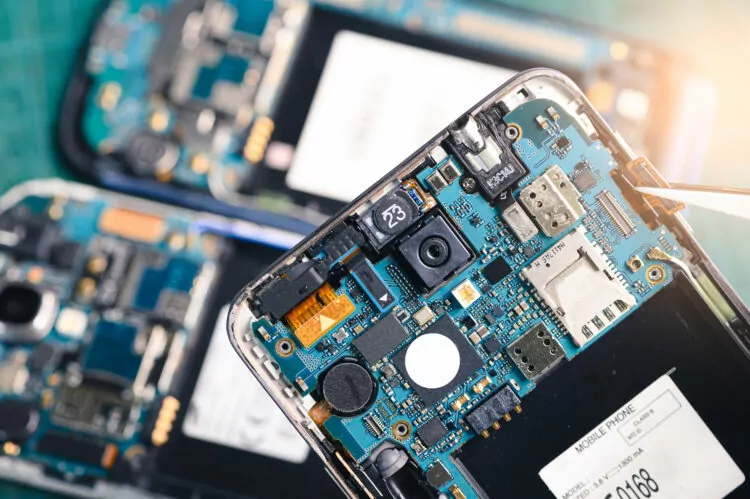
There are a few hardware problems that can increase the time it takes your phone to connect a call.
All of them are related to the physical way your phone communicates.
The first likely culprit is the SIM card.
The SIM card is what identifies your carrier account and marries it to your phone.
If the card is acting up, the carrier network will have a hard time recognizing your account, and this can create delays.
You might also have issues with antennas.
Every phone has its own design, but there will be at least one antenna that is intended for communicating with cell towers.
If the antenna has a problem, it can interrupt communication.
One manifestation of that issue is long pauses before a phone rings when you place a call.
It’s a lot less likely, but motherboard and central processing problems can create issues.
If that is the case, the phone will need a professional repair job or a replacement.
#2 Software Issues

It’s just as likely that the problem isn’t physical at all.
Software controls everything on a phone, including calls.
The fact that there is a pause, but the phone ultimately connects suggests that this issue is tied to authentication or routing rather than general functionality.
Your first place to look is firmware and software controllers.
If that sounds confusing, there’s good news.
You don’t have to know anything about the software.
Just run every available update.
That usually takes care of software issues.
If not, you can call tech support and let them figure it out.
#3 Account Problems That Cause Routing Delays
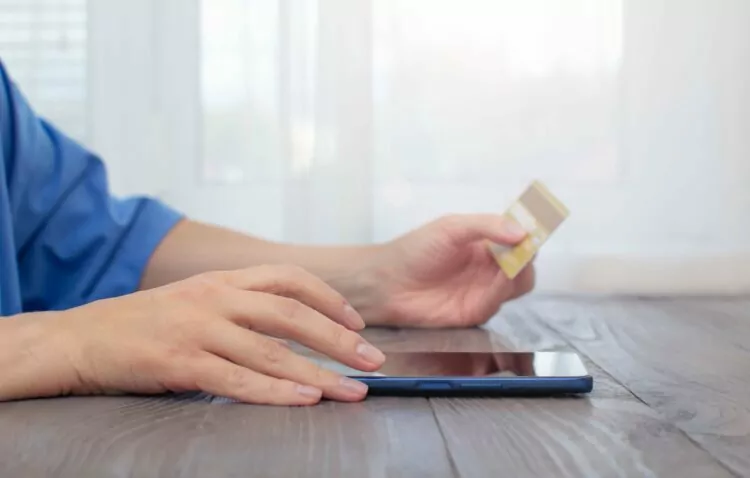
There’s a third issue that might be at play.
It could be that the problem is tied to your account rather than the phone itself.
In this case, the carrier is working normally, and your phone is just fine.
But, if there’s an issue with the account, it might get weird when you try to make a phone call.
These issues can be tied to payment, privacy, security, and cataloging.
All of that can get complicated.
What it really boils down to is that you need to work with the carrier.
They can review your account directly and solve issues on their end.
If they need you to verify anything, you can usually do that over the phone or in person (depending on how you contacted the carrier).
Is Something Wrong With the Carrier If You Get a Long Pause Before It Rings? (3 Problems)
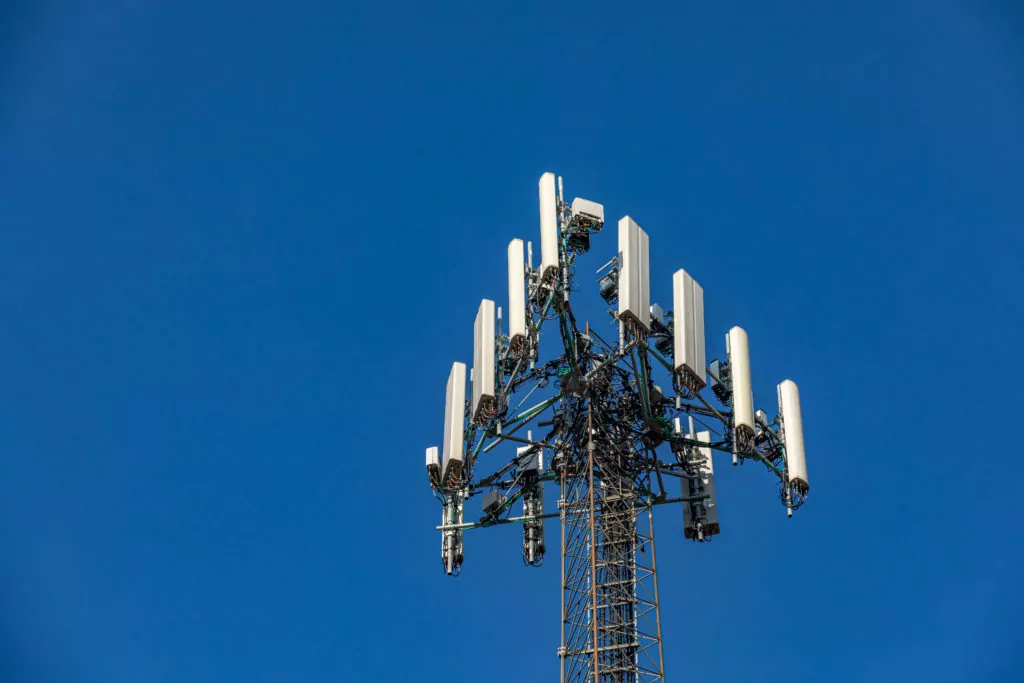
While plenty of problems can be related to your phone, that’s not the only possibility.
Phones are only half of the equation.
The problem really can be related to your carrier, and when you know what problems are common, you can more easily figure out where you should start.
#1 Common Routing Issues With Carriers
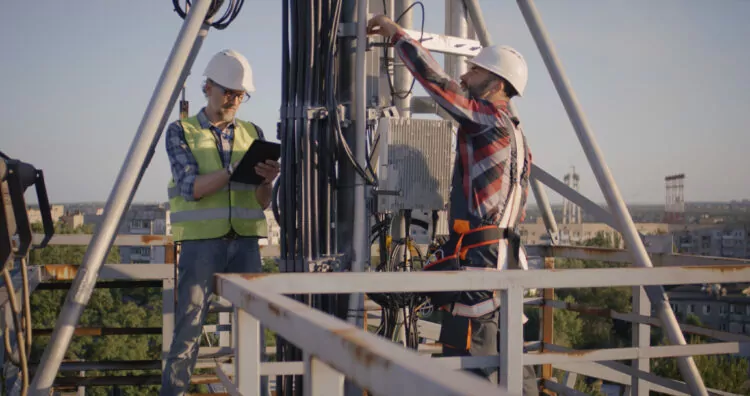
Sometimes, towers go down.
It doesn’t necessarily mean that they fell over (although that can happen).
It just means that a tower isn’t available at the moment.
When this happens, it can create unexpected delays as the system figures out how to reroute all of the traffic that normally uses the down tower.
A whole host of other carrier network issues can arise.
Rather than take you through all of these problems that you can’t directly assess, you can just contact your carrier.
If they are having system-level issues, they can let you know.
They can also give you an ETA as to when the problem will be resolved.
#2 Communication Issues Between a Phone and Carrier

Sometimes, no one is at fault.
Instead, there is something obstructing the communication between your phone and the carrier network.
These are almost always physical obstructions.
If you’re in the parking garage under a giant building, your cell signal is going to be extremely weak (if there’s any signal at all).
If you can get a call out, there’s probably going to be a delay before it rings on the other end.
This is just because physics is in your way.
That’s a common example, but tons of things can obstruct signals.
When you get a long pause before a ring, always check your bars first.
That’s a great indicator as to why the issue might be there in the first place.
#3 Poor Coverage

This is similar in concept to the section above, but it’s worth specifying a few things.
Sometimes, there are no obstructions.
Instead, you’re just not close enough to any towers to connect to them.
You might have no signal at all.
You also might be in the middle of nowhere.
You are connected to the nearest tower, but it’s an older or less-powerful tower.
That can lead to slower response times, even though your call ultimately goes through.
Coverage is all over the place, and it can definitely be your culprit.
How Can You Fix a Long Pause Before It Rings? (2 Things)

We’ve pretty well covered why you’re getting this pause.
What can you do about it?
There are two troubleshooting paths to take.
You can check out everything on your phone, or you can contact your carrier.
Typically, contacting the carrier is a better starting place.
They can quickly let you know if there are system-wide issues.
But, that’s not always the best option, so you can also troubleshoot your phone by yourself.
#1 Start With the Phone

Troubleshooting smartphones is fairly straightforward.
You can typically break the process into four easy steps:
- Restart
- Reset
- Update
- Restore
The steps are outlined below.
Before you go through them, if you are at all uncomfortable, you can also enlist professional help.
Your carrier can help you troubleshoot the phone.
There are also helpful resources available from every phone manufacturer.
Call the helpline and let them walk you through the process.
If that isn’t working, you can usually also reach them through chat and email support, allowing you to talk on a different device while you troubleshoot the phone.
Restart
Turn off and on again.
It’s a classic for a reason.
When you power cycle your phone, it will automatically go through all of its connection procedures.
Those procedures will cause it to re-establish its connection with your carrier.
Most issues that cause delays after you dial are temporary, and this does a lot to resolve them.
Restarting also clears temporary files and folders, which can house bugs and issues that cause any number of problems.
Restarting the phone is easy, so it’s the best place to start.
Reset
This does not mean that you should be factory restoring your phone.
That’s the last resort.
Instead, you want to try to reset the communications between your phone and carrier.
Restarting the phone did a soft version of this.
You can escalate by turning the phone to airplane mode.
Once you are sure it’s on airplane mode (usually only takes a matter of seconds), then turn off airplane mode.
This makes the phone search for cell towers.
It’s a bit more of a reset than you get from power cycling.
If this still doesn’t solve the problem, you can escalate again. You want to reset your network settings.
You might find it easier to reset all settings instead of just network settings.
This will not erase data on the phone. Instead, it takes settings back to default in case one of them was causing the problem.
Update
If it still doesn’t work, double-check for updates.
Carriers are involved with software updates for phones (it’s complicated).
Some updates are designed specifically to improve communication between phones and carrier networks.
You can check for updates in your settings (for both Android and iPhone).
If your phone needs updates, run them.
If not, then you have to move on to the last step.
Restore
We are now at the last step of fixing phone problems.
Before moving forward, make sure you back up your phone.
You can use cloud backups (with iCloud or Google cloud services).
You can also create a local backup by plugging the phone into a computer.
Once the phone is backed up, you want to go into your settings.
The spot is slightly different depending on your software, but there is a setting for restoring the phone, erasing data, or returning the phone to factory condition.
These all mean the same thing.
When you choose this option, it will delete everything, and the phone will be returned to its out-of-the-box state.
This is pretty much all you can do for software issues.
If the problem persists beyond this, you need a hardware repair.
#2 Work With the Carrier

Before you even go through all of that with your phone, you can try talking to your carrier.
They have a ton of troubleshooting options that they can try.
They can verify if the problem stems from your phone, their systems, or something in between the two.
If they are able to conclusively determine that the problem is with your phone, then it makes sense to go through troubleshooting specific to the phone.
Your carrier also has experts who know how to troubleshoot phones.
If you go to your local storefront, they can probably troubleshoot the phone for you.
Just be sure to back up your phone before you go.
This way, if a restore is necessary, they can do it.

